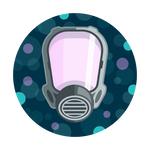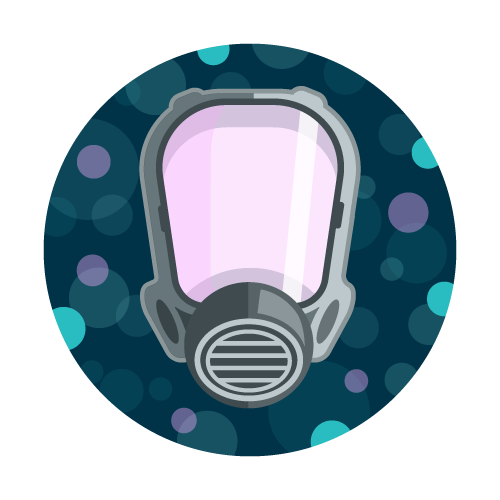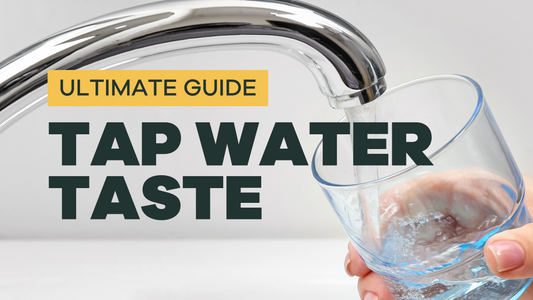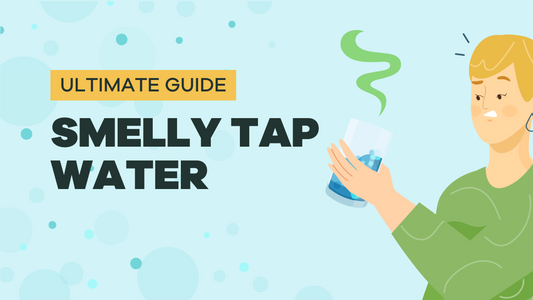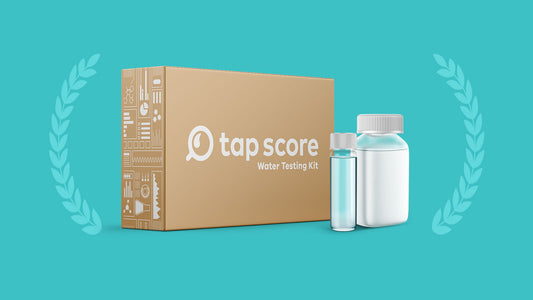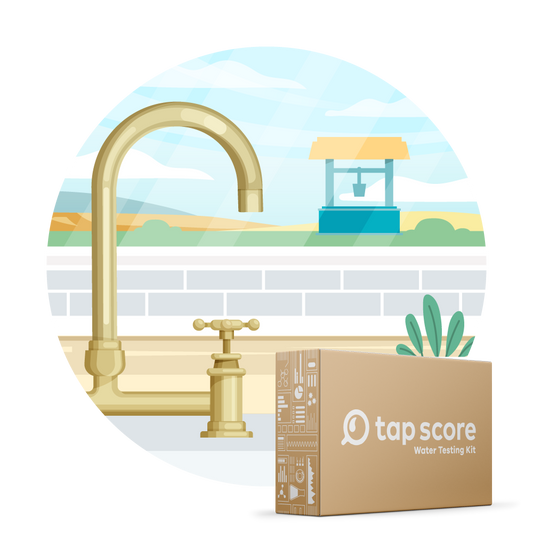
Water Chlorination: The Visible Impacts
Chlorine is the most common disinfectant used by both water treatment plants and private well owners. Chlorinated tap water uses low concentrations of chlorine to guarantee that your water can prevent waterborne diseases once it’s on its way to you.
While most people don’t notice the effects of chlorine in their drinking water, some people are sensitive even to low levels of chlorinated water. Turns out, your hair is one of the most common ways to notice the effects of water chlorination.
How Does Chlorine Affect My Hair?
Water chlorination’s undeniable benefits aside, regular exposure to chlorine can cause damage to skin and hair. Just as it is important to put safe water in your body, it is also important to put safe water on your body.
Showering with chlorinated water likely leads to more chlorine absorption in the body than drinking water treated with chlorine (according to a study looking at the impact of chlorine byproducts on bodily organs in the case of swimming pool exposure).[1] Unlike some other drinking water contaminants (such as lead or arsenic), chlorine and related disinfection byproducts that frequently form are readily absorbed through skin, and can also pose a risk if inhaled.
Additionally, warm water opens up your skin pores and hair follicles, leading to greater exposure when you take a hot shower. Chlorine and its byproducts strip away the natural hair and skin oils that protect your body from over drying.
Common signs of consistent exposure to chlorinated water include:
-
Dry Hair: Chlorinated water interferes with your scalp’s natural moisturizing process, so it can dry out your hair, making it brittle.
- Ineffective Hair Dye: Chlorinated water can impact the effectiveness of your hair dye, as it expedites fading.
- Dandruff: Chlorinated water increases the amount of dandruff you have because it dries out your scalp, leading to increased skin particle flaking.
-
Hair Loss: Hair tends to be more fragile when it’s dry, so chlorinated water can both cause and accelerate hair loss.
What Can I Do to Reduce the Impact of Chlorine?
Along with reduced shower times and cooler water temperatures–which have the added benefits of conserving water and energy–the best way to limit the impact of chlorine and chloramines in your home is to install a filter.
While shower filters are a popular option, it is worth noting that many shower filters claim much greater efficiency than they are actually able to provide. Oftentimes, high temperatures and high flow rates decrease filtration efficiency to the point of rendering them close to useless.
While there are some types of shower filters such as those that use kinetic degradation fluxion (KDF) or vitamin c that may slightly reduce chlorine, the relatively small media volume/retention area and high flow rates in showers make the likelihood of substantial reduction low.
For those of you who own your homes, the most popular approach is to install a point-of-entry system that uses activated carbon to reduce chlorine at all taps (and showers) on premises. In particular, look for a product with NSF/ANSI 42 certification. Reducing chlorine at the point-of-entry will subsequently mean that all water used throughout the home will benefit from the lowered chlorine levels–rather than trying to remove the chlorine directly at the shower head. However, this solution is often cost intensive and not feasible for many (such as those who live in apartments or who don’t have an owner’s permission to install a full home solution).
Advanced Home Water Test
Ideal baseline for testing tap water provided by a water utility utilizing chlorine disinfection or a private well near areas of heavy agriculture or industry. Test your drinking water for some of the most common concerns found in tap water.
VOC Water Test
Test your drinking water for a broad range of volatile organic compounds, including disinfection byproducts related to chlorination.
While there is ongoing research and improvements in the world of shower filters, more product testing needs to happen before we can confidently recommend a particular shower filter to improve shower water quality. The bottom line is that chlorinated water has evident benefits in drinking water, while at the same time, it may have undesirable effects on your skin and hair.
Why Trust Tap Score?
We know how confusing it can be to find advice on water quality and treatment you can trust. That’s part of the reason we made Tap Score—to help improve the way you test and treat your drinking water.
-
No affiliate links: Unlike most sites revolving around water quality, we do not take a cut from sales on filtration systems.
-
Unbiased advice: Our blog is independently researched by our team of water scientists and designed to provide clarity on water quality, not to sell treatment products.
-
Independent laboratory testing: Tap Score test results come from SimpleLab's third-party network of certified laboratories; in other words, accredited labs provide the data without conflicts of interest.
-
Continuously updated: Science never rests. That’s why our content always reflects the latest developments in scientific research and regulatory standards.
-
Always available: Our customer service team is the best in the industry and available anytime via chat to answer all your water quality questions.
Read More
▾Chlorine and Chloramine: Two Ways to Disinfect – SimpleLab Tap Score
7 Pathogens That Contaminate Drinking Water – SimpleLab Tap Score
Disinfection Byproducts: The Adverse Effects of Water Chlorination – SimpleLab Tap Score
The Exposome: How Environmental Exposures Impact Your Health – SimpleLab Tap Score
What Are VOCs and Are They in Your Drinking Water? – SimpleLab Tap Score
Is A Shower Filter Necessary? – SimpleLab Tap Score
POE Versus POU Water Treatment – SimpleLab Tap Score

